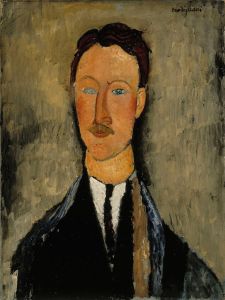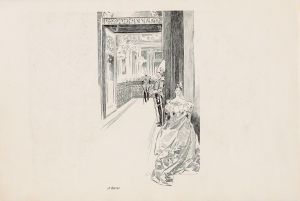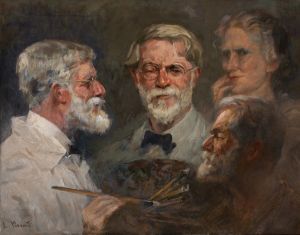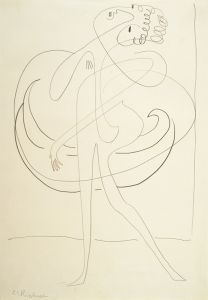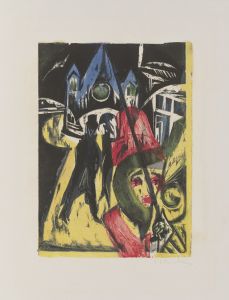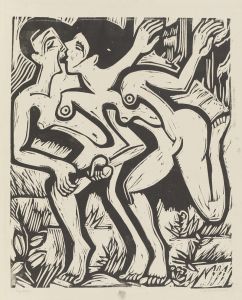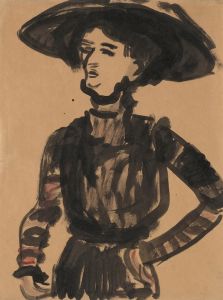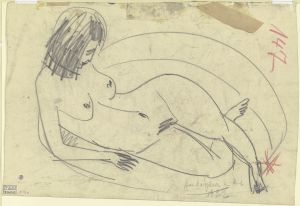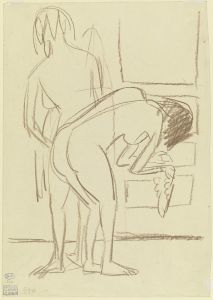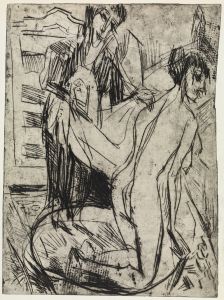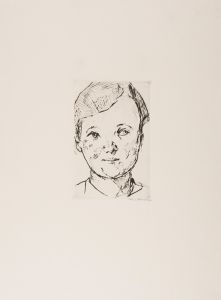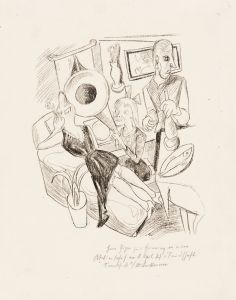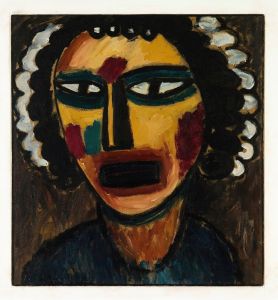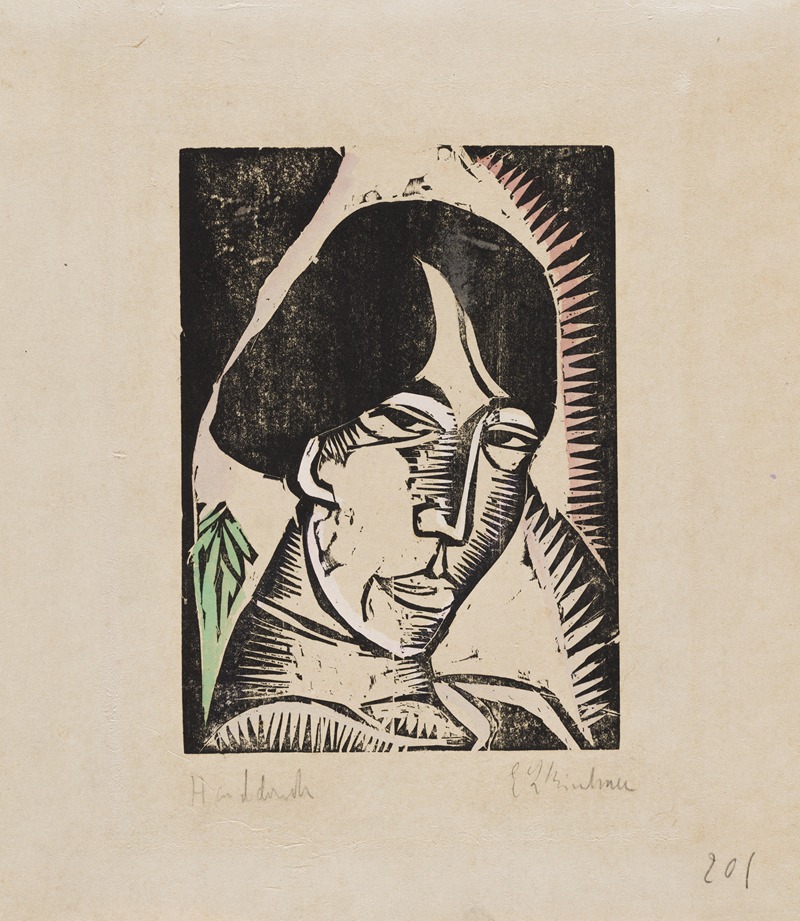
Head of Erna
A hand-painted replica of Ernst Ludwig Kirchner’s masterpiece Head of Erna, meticulously crafted by professional artists to capture the true essence of the original. Each piece is created with museum-quality canvas and rare mineral pigments, carefully painted by experienced artists with delicate brushstrokes and rich, layered colors to perfectly recreate the texture of the original artwork. Unlike machine-printed reproductions, this hand-painted version brings the painting to life, infused with the artist’s emotions and skill in every stroke. Whether for personal collection or home decoration, it instantly elevates the artistic atmosphere of any space.
"Head of Erna" is a notable painting by the German expressionist artist Ernst Ludwig Kirchner, created in 1913. Kirchner was a leading figure in the German Expressionist movement and a founding member of the influential artist group Die Brücke (The Bridge), which aimed to create a new form of artistic expression that bridged traditional and modern styles.
The painting "Head of Erna" is a portrait of Erna Schilling, who was Kirchner's companion and muse for many years. Erna played a significant role in Kirchner's life and work, often serving as a model for his paintings and drawings. Her presence in his art is a testament to their close personal and professional relationship.
Kirchner's style is characterized by bold colors, dynamic compositions, and expressive forms, all of which are evident in "Head of Erna." The painting reflects the typical features of Kirchner's work during this period, including a vivid color palette and a focus on emotional intensity. The brushwork is energetic and loose, capturing the essence of the subject rather than a detailed likeness. This approach is consistent with the principles of Expressionism, which emphasizes the artist's subjective experience and emotional response over realistic representation.
The portrait of Erna is notable for its psychological depth and the way it conveys her personality through Kirchner's expressive style. The use of color and form in the painting suggests a sense of immediacy and intimacy, drawing the viewer into the emotional world of the subject. Kirchner's ability to convey complex emotions through his art is one of the reasons he is considered a master of Expressionism.
"Head of Erna" is also significant in the context of Kirchner's broader body of work. During the early 20th century, Kirchner and his contemporaries were exploring new ways of seeing and representing the world, often drawing inspiration from non-Western art forms and the urban experience of modern life. This painting reflects these influences, as well as Kirchner's interest in capturing the essence of his subjects through bold, expressive means.
The painting is part of a larger series of works featuring Erna, each offering a unique perspective on her character and their relationship. These works collectively provide insight into Kirchner's artistic development and his exploration of portraiture as a means of personal expression.
Today, "Head of Erna" is recognized as an important example of Kirchner's work and of German Expressionism more broadly. It is held in high regard by art historians and collectors alike, appreciated for its innovative approach and emotional depth. The painting is housed in a prominent art collection, where it continues to be studied and admired by those interested in early 20th-century art and the Expressionist movement.
In summary, "Head of Erna" by Ernst Ludwig Kirchner is a significant work that exemplifies the artist's expressive style and his contribution to the Expressionist movement. Through its bold use of color and form, the painting captures the emotional essence of its subject, offering a glimpse into the personal and artistic world of one of Germany's most influential modern artists.





